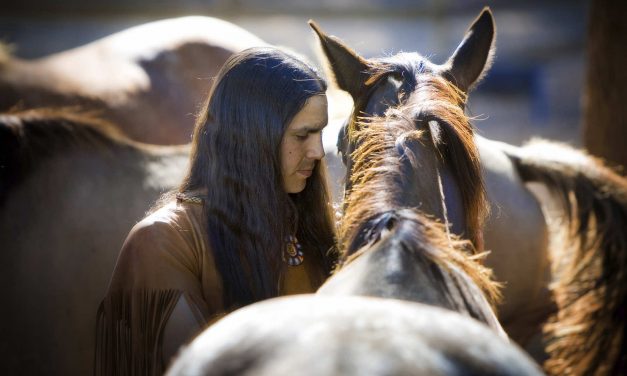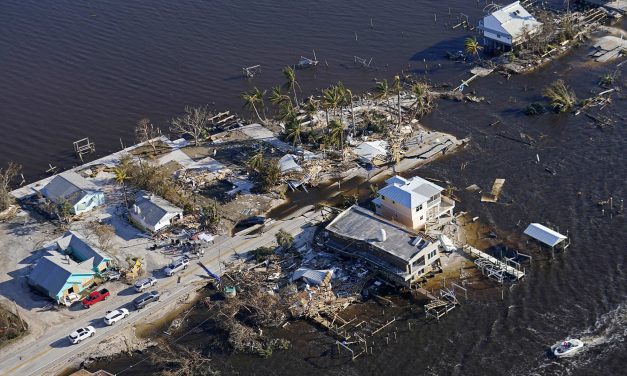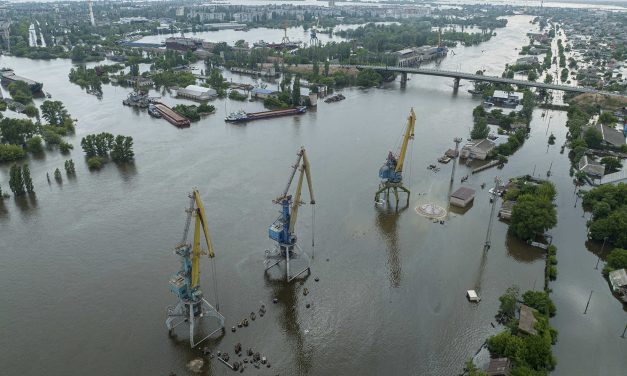Beloved and debated: The French bulldog becomes top dog breed in America for first time in 30 years
For the first time in three decades, the U.S. has a new favorite dog breed, according to the American Kennel Club. Adorable in some eyes, deplorable in others, the sturdy, push-faced, perky-eared, world-weary-looking and distinctively droll French bulldog became the nation’s most prevalent purebred dog last year, the club announced in April. Frenchies ousted Labrador retrievers from the top spot after a record 31 years. “They’re comical, friendly, loving little dogs,” said French Bull Dog Club of America spokesperson Patty Sosa. City-friendly, with modest grooming and exercise needs, she said, “they offer a lot in a small package.” Yet...
Read More















